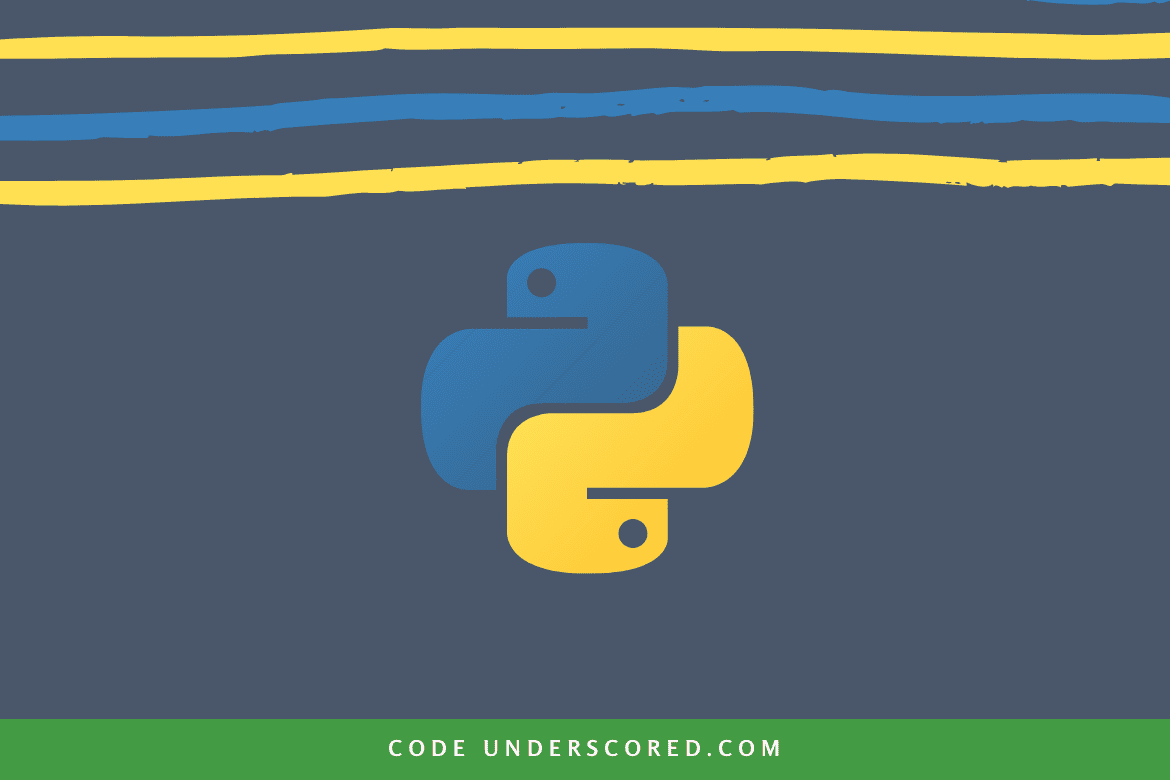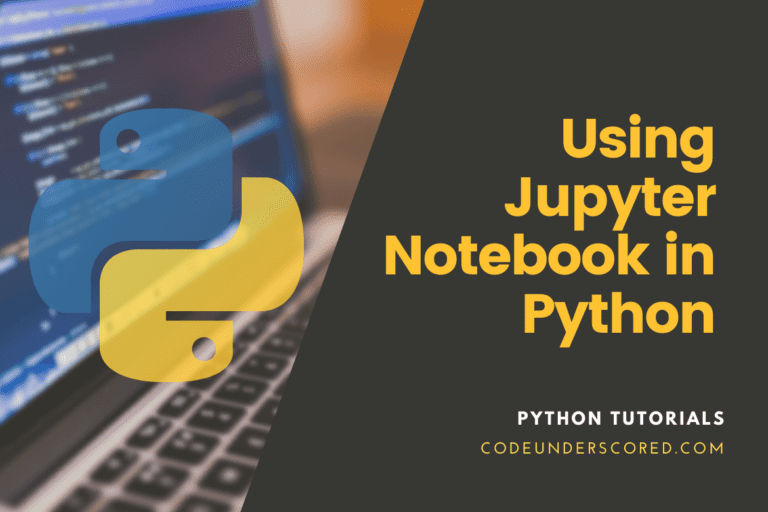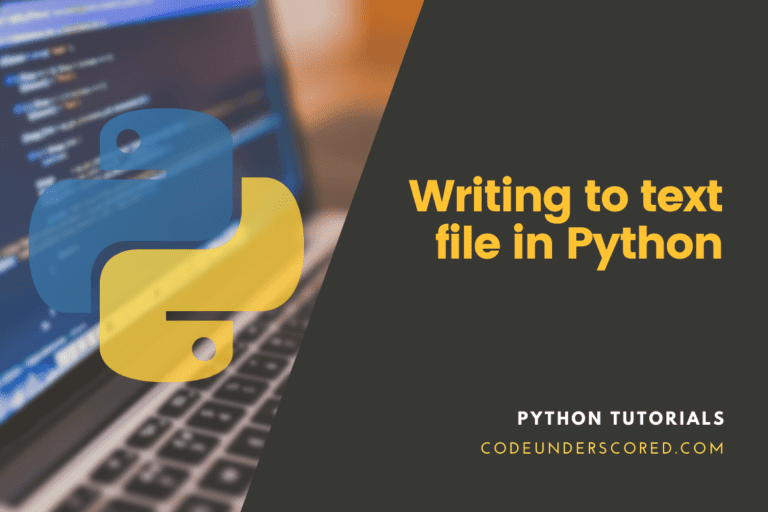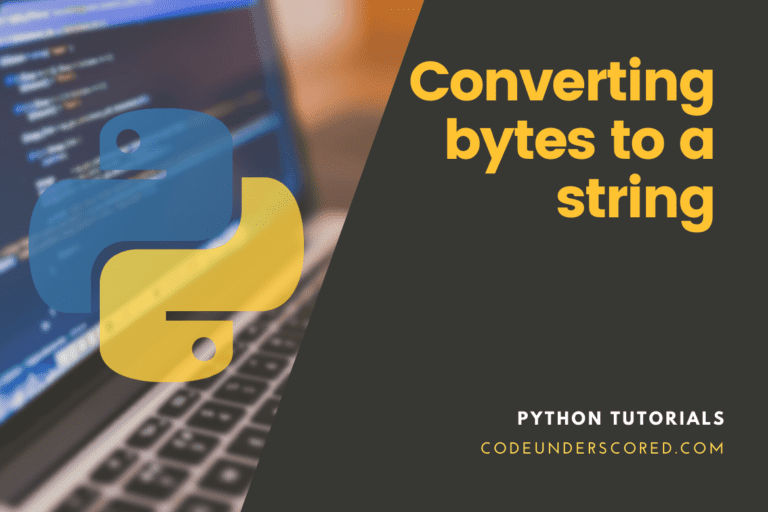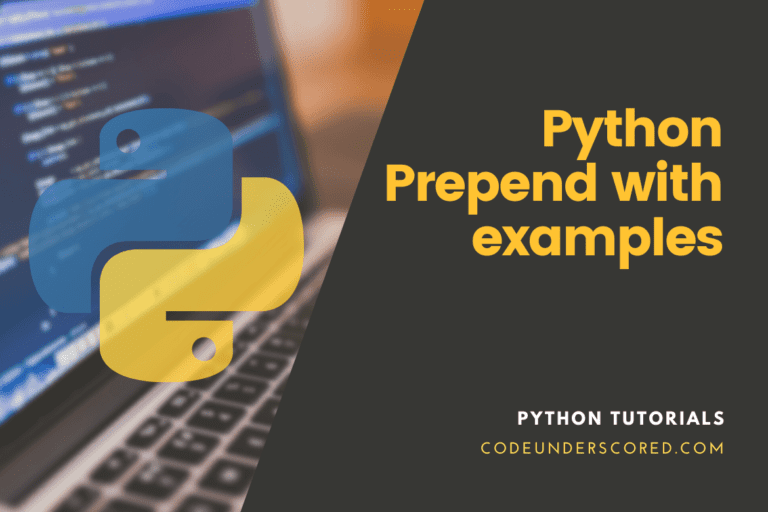As of 2017, Python joined the top 10 slots that defined popular programming languages in the world. This reference is a direct quote from the TIOBE Programming Community Index. As of now, Python is among the top 3 candidates on this list. However, this mileage defines Python as the most uncomfortable programming language. Reason? Being top 3 is not enough as it wants to be the only top candidate.
It is on a quest to imprint its reputation on the programming industry. We can witness this already-in-progress achievement in the amount of noise made in the programming community forums. Everyone is speaking Python, and if we are not careful, we might soon mistake it as a native language instead of a programming language.
Where can the exploits of mastering the Python programming language take us? Being a Python Guru in the programming world does not limit its applicability in a fixed domain. It is an adventure map with multiple paths to explore. All you have to do is choose which way you want to go. Therefore, a Python developer can explore GUI applications development, Website development, and Web applications development.
Whether you want to pursue one or all the stated Python application development paths, its application development objective does not change. Because of Python’s High-Level programming Language attribute, a developer is saved from dealing with common repetitive programming tasks. All you have to do is redirect your focus into perfecting the core functionalities required to power up your app. An example scenario of a repetitive task is the need to perform certain mathematical operations from scratch. Python will handle such operations, reducing the time you need to develop and test your apps fully.
Another great benefit Python brings to the table is the simplicity of its syntax rules. An easy syntax makes a codebase readable, and a readable code is a maintainable code. You will be able to refactor and grow your codebase since you now understand what your application code was trying to achieve.
However, this article does not seek to explore the Ins and Outs of Python’s programmability and its fairing on in the modern technological industry. We will explore its current practical depth in the modern industry and analyze its expected growth potential.
Python in Data Analysis and Data Science
To be a data king or queen, you need to master both data analysis and data science. However, a venture into the two fields requires you to have an in-depth familiarity with a high-level programming language that favors dynamic typing, dynamic binding, and data structures. Therefore, Python gives you a great opportunity to reap from Rapid Applications Development under these two fields. Moreover, it is the perfect glue for binding already-existing application components. Since Python is general-purposed, it offers a great advantage in developing complex numeric and scientific applications.
Python and Data Analysis Overview
To understand a data analyst’s job, we have to bring into the picture the tools that they need to achieve their objectives. The understanding and implementation of these tools will fit in Python as the missing piece of the puzzle. Data analysts can breakdown their job responsibilities into two segments: data interpretation and data analysis. However, to effectively achieve these objectives, they need to implement the needed statistical techniques.
The output of an analytical breakthrough is presented through reports. Therefore, a data analyst needs to optimize statistical quality and efficiency from developed and implemented data analysis and data collection strategies. Moreover, data analysts are out-of-scale individuals. Their responsibilities also stretch to the acquisition of primary or secondary data from their respective data sources. They will manage this data and also maintain the database used to store them.
Having access and control to primary and secondary data depicts that a data analyst has a high chance of running into complex data sets. Python is a well-equipped programming language for handling big and complex data associated with data analysis. It helps review printouts, performance indicators, and computer reports making it possible to track and fix code issues. The expected outcome? Clean and filtered data.
With the help of Python, a data scientist’s responsibilities also extend to conducting full life cycle analysis of the data they handle. They include meeting the needed data requirements, data activities, and data design and implementing the needed developmental analysis and report generation capabilities. Python helps identify and improve data operations significantly by implementing the needed quality control plans that enable data performance monitoring.
All these heavy-duty tasks require the aid of a high-level programming language like Python. It has the capabilities to quickly and easily maneuver through Big Data. The proliferation of Big Data implies that the amount of data handled will never cease to increase or scale-up. Therefore, handling such data requires the adherence to data analysis protocols like quantifying the selected data, cleaning it up, and processing it into a useful state. There is no high-level programming language that fits the bill better for this task than Python. The simplicity of its design syntax, automation o repetitive tasks, and the performance ease it brings are all attributes that add up to its time conscious trait. It enables you to do more in less time.
The Relationship Between Data Analysis and Data Science
Before we drown in the information that bonds Python with data analysis, we need to address the confusion that pops up each time we mention data analysis. It is none other than data science. These two fields are like close cousins, but they are not siblings. Data analysis has a much closer relationship with Python. However, the latter statement does not imply that Python is doing favorites. It also extends its usefulness in data science, and it is why it scaled more into data analysis.
When drawing the line between data analysis and data science, you will run into both an overlap and a distinctive cue. A data scientist will draw meaningful insight from a grouped data set while a data analyst creates a hypothesis that forces the grouping of these data. A data analyst will use the ‘What-If’ notion to develop and group data. A data analyst answers the question that the presently presented data is posing, while a data scientist looks into how the presented data will answer future questions. Data science tries to solve a problem that does not yet exist, and data analysis deals with the presently viable challenges. Another way of mapping these two fields’ differences is that data science is data analysis possibly taking place shortly. In contrast, data analysis is a possible outcome of data science predicted a while back. Data science is mostly wishful, and data analysis is factual.
However, despite the clear distinction between data science and data analysis, there is some blurriness in the expertise required to major in either field. A data analyst’s skill set can make one a data scientist, but what of an individual interested only in data science? Since data science is data analysis from a futuristic perspective, it is easy to dismiss the technicalities offered in this field that Python can easily handle.
However, the advantages of Python bestows on data analysis are also applicable in data science. The professions in both fields are at an unmatched advantage if they are familiar with the metrics of competent communication skills, software engineering knowledge, an understanding of algorithms and data structures, and basic math knowledge. Apart from the competent communication skills requirement, the other mentioned unmatched advantages are easily achievable if you commit to Python. Strong business acumen is a mandatory requirement for an ambitious data scientist, whereas spreadsheet tools proficiency through applications like Excel will take a data scientist far.
The Essence of Considering Python for Data Analysis and Data Science
Code Flexibility
You can never regret switching to or learning Python as your primary programming language. It is for the creative adventurers, and what’s more creative than interpreting what a data set can do before it even happens? Developers with an itch to script applications or create dynamic web applications and services will bow down to Python’s power.
A Learnable High-Level Language
Every other programming language is learnable, but the rate at which you will master Python might force you to inscribe your name on a personalized Guinness World Book of Records. Since it focuses on simplicity and readability, it is the best foundation, especially for individuals new to coding. Its low learning curve does not demand prior expertise or exposure to other programming languages. With Python, you write a few lines of code and reap big rewards, which is not the case with older programming languages. Think of Python as having fun on a realistically virtual playground without worrying about the owner or the architect holding the playground in place. In this case, the owner does not apply to the creator of Python, Guido Van Rossum, as we cannot have a creation without a creator in mind.
An Open-Source Platform
The only thing more exciting than venturing into an easy-to-learn programming platform is the fact that it has no price tag attached to it. It is because of the community-based developmental model that ensures experienced developers make Python sustainable and stable in all operating systems. Therefore, we cannot quote Python as OS-specific. Moreover, it is a portable programming platform implying that your projects can be transferred to other platforms without compromising it. Its open-source nature also led to the development of useful open-source libraries. These libraries help reduce the amount of code a developer has to create to achieve certain application objectives. These libraries apply to the fields of Data Visualization, Data Manipulation, Machine Learning, Mathematics, and Natural Language Processing.
A Well-Supported Language
In the programming venture, nothing is certain, these uncertainties will tend to take us on a bumpy path, and we might find ourselves having to deal with broken code or alien-like errors. When you acquire something without having to pay for it, you will tend to reflect on the rogue quote, “cheap is expensive.” However, Python’s priceless nature created growing community support that never seems to fade in numbers and usefulness.
The individuals in these platforms and community forums are industrially and academically endowed with expert Python development knowledge and experience. Therefore, you can never run short of the analytical libraries you might need to make your Python developer career more exciting. The developers that always run into coding bumps can always turn to Python documentation, mail lists, and discussion forums like StackOverflow for quick solutions to their code glitches. Therefore, cheap is not expensive when it comes to Python, and the only expense you have to incur is your commitment and dedication to mastering it. Data scientists and analysts will greatly benefit from the vast libraries Python has to offer.
Python In Artificial Intelligence and Machine Learning
The same attributes that make Python undisputed in Data Analysis and Data Science are the same ones that empower it as a favorite for Artificial Intelligence and Machine Learning. AI and Machine Learning speak in future tense because the possibilities of what our world could be through technology are starting to manifest themselves. Our electronic devices are already giving us smarter recommendations, better personalization, and improved search functionalities. AI has brought to the table apps that can hear, see, and make the needed response based on our requests or activities. We are now reaping the benefits of a better user experience through our smart gadgets and, in turn, creating and promoting their value.
Python as the Ideal Candidate for AI and Machine Learning
An AI project cannot have the same footprint as a traditional software project. The required skill set and technology stack in AI project are distinct. An AI-driven project will be swift if the utilized programming language is attributed as flexible, stable, and offers rich development tools. The latter statement just described Python. Therefore, it is no surprise that Python AI-powered projects continue to be a trending talk on the web.
Python developers’ productivity and confidence continue to be outstanding due to the richness and reliability of this programming language’s development, deployment, and maintenance phases. The benefits of using Python for AI and Machine Learning projects continue to describe what Python has to offer for the current and potential developers. It offers reliable and stable libraries for use. Moreover, you get to reduce the time frame needed to efficiently complete your AI and ML projects through readily available frameworks. The platform-independence and community support attributes are also useful actors we already discussed under data science and data analysis useful in an AI and ML career.
AI and ML are powering systems related to fraud detection, search engines, personal assistants, recommendation systems, and spam filters. Such systems are an inspiration to product owners that want to improve the performance of their applications. Therefore, for software to completely mimic human behavior, the algorithms should process the acquired user information intelligently. No other programming language has the complexity and friendliness of Python. It is, therefore, the ideal choice for AI and ML projects.
Python In Cybersecurity
The extensiveness of Python’s support library makes it a programming language you can rely on without having to worry about the compromises that might befall your applications. These libraries are contributive in reducing the codebase needed to create and troubleshoot Cybersecurity related tasks like penetration testing and network analysis tasks. Less code means fewer errors, loopholes, and backdoor. Python makes sure this objective carries on in each security-related app you build.
Final Note
Python’s adventures on the technological landscape do not limit it to Data Science, Data Analysis, Artificial Intelligence, and Machine Language. There is more to the portion that brews the industrial applicability of Python. We mentioned the stated field because we want you to realize the highest height you can sore with Python. It is always good to have a perspective on how far you can go on an adventure.
However, there is always the need to have some foundation when objectifying a project. This foundation will be stronger when you begin to master Python from its root level as you progress upwards. You can begin with understanding and mastering how to build web and desktop applications. It will give you a future perspective and confidence as you grind on into many complex projects like those related to ML and AI. Though Python, you will lessen the burden needed to keep the present and the future in touch through data science, data analysis, AI, and ML. Embrace Python and bring out the best developer version of yourself.

